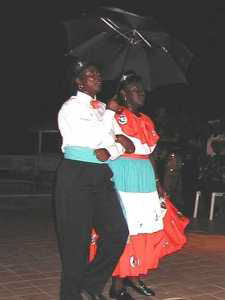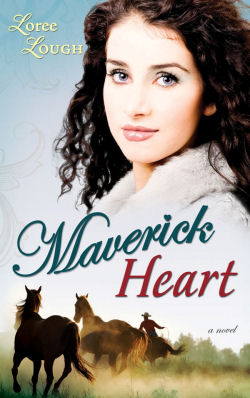|
 The
other day, a friend called to invite me to lunch. The
other day, a friend called to invite me to lunch.
“Sorry,” I said. “Much as I’d
like to, I have a book due soon.”
She harrumphed into the phone,
then asked (in a bored monotone), “So how many books do you have due?”
“Between New Year’s Eve and
Easter? Six,” I groaned. (To those of you thinking, You cannot
groan a word, trust me. Oh, yes, you can.
But I digress.)
“Only six?” she huffed. “Ha! As
fast as you write? That’ll be a cake walk!”
Cake walk, indeed, I thought.
There are two distinct schools
of thought regarding the ease or
difficulty of a cake walk. My pal, obviously, stands on the “It’s
effortless!” side of the line. Thanks to some research I dug up while
writing a Civil War−set novel, I believe the exact opposite. According
to the information I gleaned from books, articles, photographs, and
interviewing history-teaching college professors, the dance is
extremely physically demanding. (Why, even Scott Joplin mentioned its
complexity and difficulty way back in 1902 in his “The Ragtime Dance”:
“Let me see you do the rag-time dance, turn left and do the cakewalk
prance, turn the other way and do the slow drag. Now take your lady to
the World’s Fair and do the rag-time dance.”)
If only my buddy’s mind-set was
more the exception than the rule.
She, like hundreds of other avid readers, honestly believe that it
takes only slightly longer to write a novel than it
does to read
one. (And to add insult to injury, they feel that they’re being quite
generous, adding a few hours—or even a day—to the tally of their time
spent with book in hand versus our time making one happen.)
So on behalf of every author who
has ever been forced to endure the
“Writing a book is a cake walk” mantra, let me gently set the record
straight.
First, authors need a solid idea
that can be hammered into a
plausible storyline. Next, we must create dynamic characters who will
“live” the story . . . and provide each with a believable background,
mannerisms, speech patterns, and motivations. Then, we must come up
with an authentic setting and time period, convincing conflicts,
pertinent plot twists, satisfying (if not enjoyable) endings . . .
. . . and we must do all of this
before we begin
researching
the time period and locale, and interviewing real-life people who are
presently doing what our characters will be doing for a living.
(Otherwise, how will we know what to ask these busy, hard-working
folk?)
Only then can we begin the work
of writing scene after scene that will eventually
become The Novel.
|
Yes,
some of us can accomplish all of
that in a month (or less, provided we bar our doors to ensure peace and
quiet, stock up on coffee and chocolate, and invest in the
ergonomically correct desk chair where we’ll sit for twelve to fifteen
hours a day). And some of us take months—even years—to check every item
off of our My Work in Progress lists.
Whether I’m Writer Type A or
Writer Type B isn’t at issue here. The issue? Writing a book is not, not,
NOT a cake walk! And even if you tend to agree with the “it’s
eezy-peezy” definition, you can be certain that dancing isn’t part of
the process.
Well, at least not until we’ve
typed The End.
Or when our editors say “Job
well done, writer!”
As the book finally hits store
shelves.
And when royalty checks prove
it’s selling well.
But you know what? Even then,
it’s probably not the physically demanding kind of dancing, because for
one thing we’re pooped! For another, we’re already
busy, checking items off the next My Work in
Progress
list.
I sometimes celebrate having
completed the process by going to the
kitchen, where I cut myself a generous slice of moist marble cake with
fudge icing.
Now that’s
my idea of a cake walk!


|








 The
other day, a friend called to invite me to lunch.
The
other day, a friend called to invite me to lunch. 